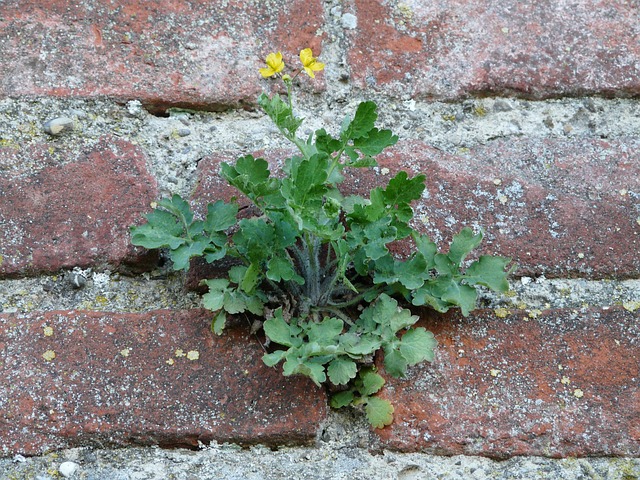In the face of climate change and the growing threat of desertification, understanding the concept of water holding capacity becomes crucial. Our planet’s ecosystems rely heavily on the ability of soil to retain moisture, playing a vital role in sustaining plant life, agricultural productivity, and overall environmental health. As the climate warms, rainfall patterns become increasingly erratic, making the soil’s capacity to hold water a decisive factor in maintaining ecological balance.
Desertification, which affects millions of people worldwide, is a process characterized by the degradation of land in arid and semi-arid regions. This phenomenon is not solely an environmental issue; it threatens livelihoods, food security, and entire communities. With an understanding of water holding capacity, we can better appreciate how essential it is to preserve and enhance our soils to combat this pressing issue.
The water holding capacity of soil pertains to its ability to retain water after precipitation or irrigation. Factors such as soil texture, structure, and organic matter significantly influence this capacity. For instance, sandy soils tend to have lower water holding capacity compared to clayey soils, which can retain more moisture. However, through practices such as adding organic matter and improving soil structure, we can enhance the water holding capacity of various soil types, offering a practical solution to mitigate desertification.
Moreover, healthy soils are better equipped to absorb water during heavy rainfall, reducing runoff and minimizing the risk of floods while also storing water for dry periods. This is especially important as we face the threats of climate change, which can lead to prolonged droughts and more intense rainfall events. By improving the water holding capacity of soils, we can create resilient landscapes that withstand these extreme conditions.
As stewards of the Earth, it is our responsibility to adopt sustainable land management practices. Techniques such as crop rotation, agroforestry, and conservation tillage not only enhance soil health but also increase its ability to retain moisture. By embracing these methods, we not only fight against desertification but also contribute to the global challenge of climate change, ensuring that our ecosystems remain vibrant and resilient.
In essence, the water holding capacity of soil is more than a scientific term; it represents hope for our planet’s future. Through a collective commitment to understanding and improving this vital attribute, we can safeguard our environments and combat the devastating effects of desertification. As we connect with the land, we also connect with our own future and that of generations to come. Every effort to educate ourselves and implement sustainable practices can lead toward a greener, more sustainable world where both people and nature thrive together.


